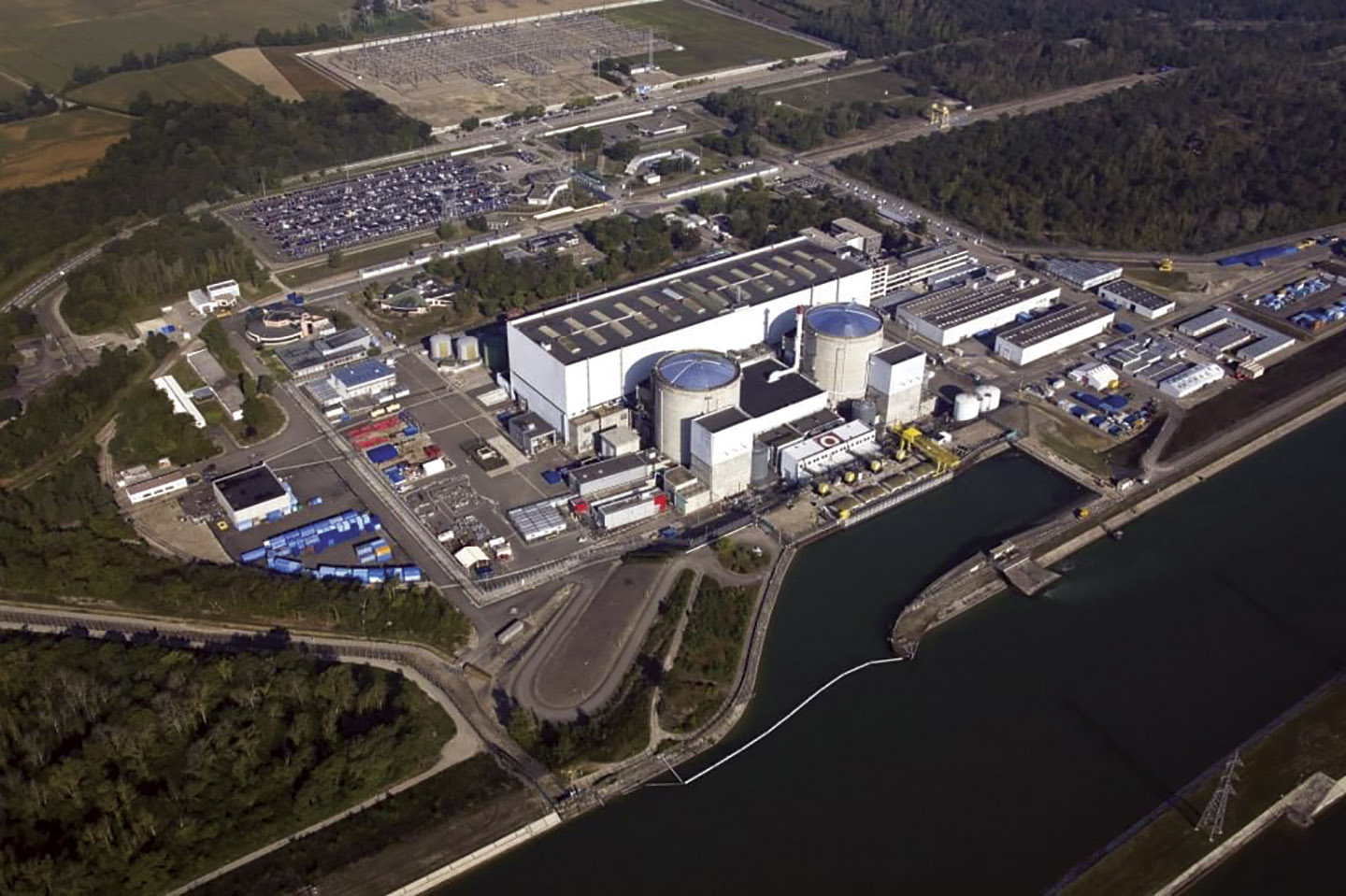CORTEX aims to enable the early detection, localization, and characterization of anomalies in nuclear reactors while they are operating.
We often define noise as an unwanted disturbance, especially acoustic in nature. Neutron noise, by contrast, is a direct measure of the dynamics of a nuclear core. It can be used for core monitoring without disturbing plant operation and by using the existing core instrumentation. The European CORTEX project aims to develop an innovative core monitoring technique using neutron noise, while capitalizing on the latest developments in neutronic modeling, signal processing, and artificial intelligence.
Digital engineering, which uses advanced technologies to capture data and optimize design in a digital environment, is being applied for the first time to a DOE nuclear project and has already realized substantial benefits.
With a new generation of nuclear reactors in the works, Idaho National Laboratory has embraced digital engineering (DE) as a means of achieving the same efficiencies that companies in the private sector have been able to realize in everything from concert halls to aircraft engines.
DE—using advanced technologies to capture data and craft design in a digitized environment—has been evolving since the 1990s. For Mortenson Construction, a worldwide construction firm, using virtual design and construction resulted in a cumulative 600 days saved over 416 projects and a 25 percent increase in productivity. By building digital twins for assets, systems, and processes, DE has avoided more than $1.05 billion in customer, production, and mechanical losses.
Leaders at INL recognized in 2018 that DE could be useful in the design and construction of new commercial and test reactors. Managing construction costs, timing, and performance will be essential to maintain U.S. competitiveness.
 A new report from the American Institute of Physics declares the physical sciences to be at a “tipping point” between a “perilous” future and a “vibrant” one as a result of the coronavirus pandemic. The 28-page report, Peril and Promise: Impacts of the COVID-19 Pandemic on the Physical Sciences, outlines several areas where the scientific community has been tested by the pandemic and examines what the future could look like for the workforce, infrastructure, and conduct of research. Further, the report challenges leaders in government, academia, the private sector, and other areas who depend on the physical sciences to craft specific recommendations to address the pandemic’s impacts.
A new report from the American Institute of Physics declares the physical sciences to be at a “tipping point” between a “perilous” future and a “vibrant” one as a result of the coronavirus pandemic. The 28-page report, Peril and Promise: Impacts of the COVID-19 Pandemic on the Physical Sciences, outlines several areas where the scientific community has been tested by the pandemic and examines what the future could look like for the workforce, infrastructure, and conduct of research. Further, the report challenges leaders in government, academia, the private sector, and other areas who depend on the physical sciences to craft specific recommendations to address the pandemic’s impacts.



 A new report from the Paris-based OECD Nuclear Energy Agency declares that nuclear power is needed for countries to meet their Paris Agreement decarbonization and energy security policy goals, but that governmental support for a rapid reduction in the cost of new nuclear capacity through the creation of certain policy frameworks is likely necessary.
A new report from the Paris-based OECD Nuclear Energy Agency declares that nuclear power is needed for countries to meet their Paris Agreement decarbonization and energy security policy goals, but that governmental support for a rapid reduction in the cost of new nuclear capacity through the creation of certain policy frameworks is likely necessary. House Democrats on June 30 rolled out a vision of what U.S. climate change policy might look like in the event the Democratic party holds its current House majority, retakes the Senate, and wins the White House in November. The vision was presented in the form of a sweeping 547-page majority staff report entitled
House Democrats on June 30 rolled out a vision of what U.S. climate change policy might look like in the event the Democratic party holds its current House majority, retakes the Senate, and wins the White House in November. The vision was presented in the form of a sweeping 547-page majority staff report entitled 

